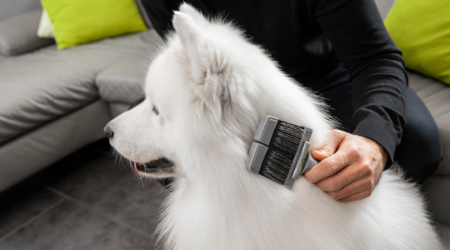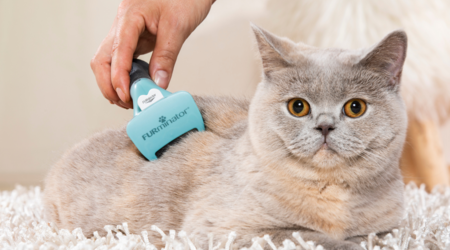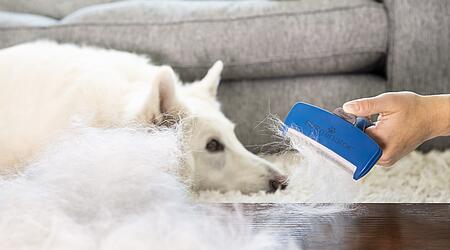Cat breeds that are NOT recommended for a deShedding tool
The FURminator® Undercoat deShedding Tool should not be used on non-shedding breeds or on pets with particularly sensitive skin. Please consult a veterinarian if you are unsure if your pet has an undercoat. This list does not include all cat breeds that are not recommended for a FURminator® Undercoat deShedding tool.
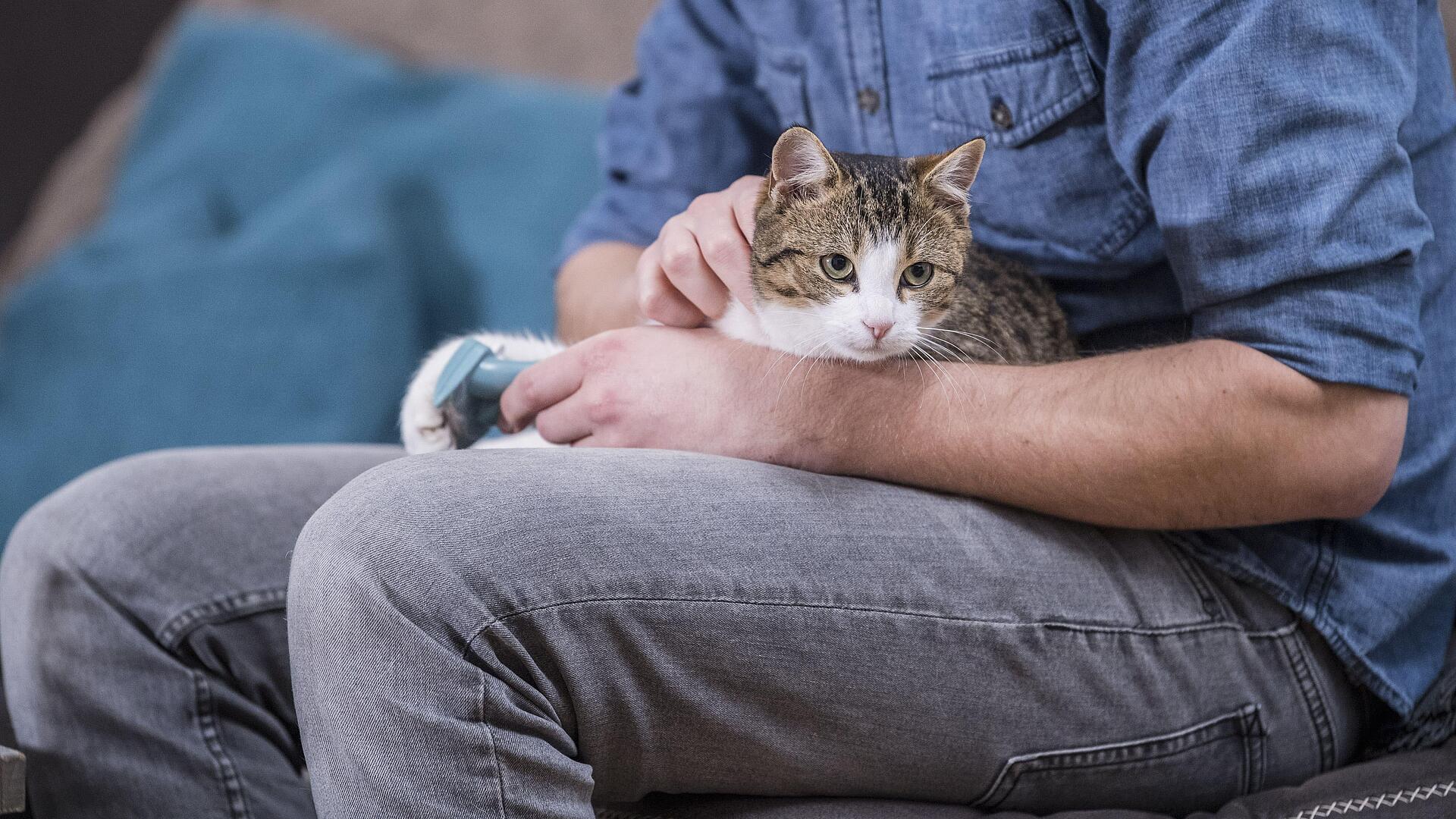
Breeds A-Z
Balinese
Bombay
Cornish Rex
Devon Rex
European Burmese
Havana Brown
Javanese
Korat
LaPerm
Oriental
Ragamuffin
Singapura*
Sphynx
Tiffany-Chantilly
Turkish Angora
Turkish Van
York Chocolate
Special features of coat care for cats without undercoat
Cats without an undercoat have special requirements when it comes to grooming. Unlike cats with thick coats and undercoats, which are regularly groomed with special tools such as the FURminator® Undercoat deShedding Tool, cats without undercoats require gentler treatment. Their fur is often finer, more sensitive and more prone to matting. Soft baby hairbrushes or special brushes and combs with soft bristles are suitable for grooming.
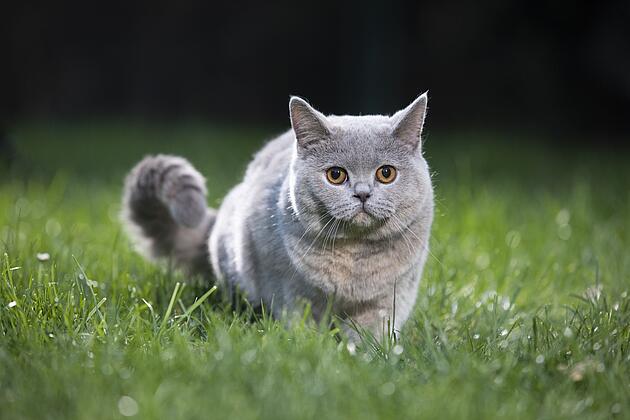
What does ‘no undercoat’ mean for cats?
The undercoat is the dense, soft layer of hair under the top coat that protects many cats from the cold and weather. It consists of fine, fluffy hairs that store heat and can shed massively during seasonal coat changes. Cats without an undercoat have either only topcoat or a single, very fine layer of fur.
This peculiarity is especially common in certain cat breeds that have been specifically bred for a thinner or curly coat, such as the Cornish Rex or Devon Rex. The undercoat is also completely missing in naked cats such as the Sphynx. Without the protective undercoat, these cats are less prone to hair loss, but require personalised coat and skin care, as their skin is more sensitive.
Are there cats that don't shed?
Cats without an undercoat also lose hair, albeit to a lesser extent than cats with a thick coat. However, hair loss is often less noticeable in these breeds as they do not have a thick undercoat that sheds heavily.
While these cats may shed less, it’s important to note that they can still experience hair loss during seasonal changes, stress or illness. The structure of a cat’s coat, regardless of the shedding levels, plays a vital role in maintaining its overall health. A healthy, balanced coat is crucial for regulating temperature, protecting the skin and supporting the natural shedding process, all of which contribute to the cat’s well-being.
Summary
There are breeds that shed significantly less, especially those without an undercoat. However, even these cats can still experience hair loss during shedding seasons or due to stress.
Breeds with dense undercoats shed more and require regular grooming and deShedding treatments. Cats without an undercoat do not require deShedding tools, as these are intended for breeds with thicker coats. Regardless of shedding levels, maintaining a healthy coat is essential for temperature regulation and skin protection. Understanding the grooming needs based on a cat’s coat structure is key when choosing the right breed.

